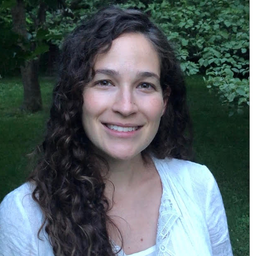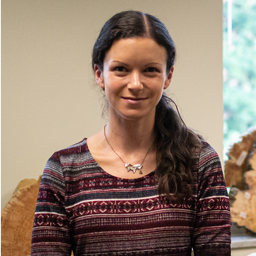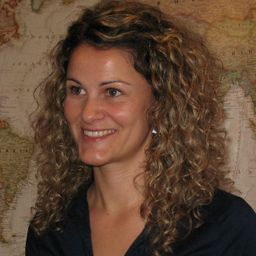Symposium 7 (PT 1). Historical Timbers and Wooden Artifacts as Archives: New Glimpses On Trees, Ecology, and People
My Session Status
Information garnered from historical timbers and wooden artifacts (e.g. houses, barns, ships) can greatly enhance our understanding of human, ecological, and climate history, especially in regions where few old-growth forests and trees remain, tree longevity is relatively short (less than 300-400 years), and environmental conditions break down wood rather quickly, like in mesic to wet regions. Over the last decade plus, the application of tree-ring techniques on wooden archaeological material is quickly growing beyond the dating of historic structures and climate reconstructions. New advances and recent works have highlighted a range of applications, including ecological change and disturbance, human-environment interactions, and deeper questions about historical human development (e.g. trade and migration through provenancing materials).
Our symposium will feature a diverse set of international scientists who work with materials and data from historical timbers and wooden artifacts in different subdisciplines including ecology, human history, and astrophysics. Speakers will cover the breadth of these studies, including the movement of wooden materials between broad regions, cultural and economic uses of wood material, shipwrecks, and new approaches in provenancing wooden pieces created by people and moved to new regions or continents. We also hope to feature a geneticist to educate us about the application of new techniques that could be applied to tree-ring research and, specifically, historical timbers and wooden artifacts.
Sub Sessions
Over the past 10 years, X-ray Computed Tomography (CT) has been increasingly applied to dendrochronological research. This technique provides 3D images of the internal structure of objects, allowing non-invasive access to tree rings in cultural heritage objects that are often inaccessible from the outside. Here, we will present the state-of-the-art of tomographic X-ray imaging for the application to dendrochronology. We will give a comprehensive overview of how X-ray computed tomography is...
Humans have relied on wooden timber material for the construction of buildings, trade, ships, artifacts, and works of art for many millennia. Using dendrochronological methods, it is often possible to develop to build internally cross-dated but undated ‘floating’ tree-ring chronologies using this historic wooden material. However, the dynamic nature of human mobility and long-distance transport of timber can often make it difficult to accurately date and provenance wooden material. Accurat...
Dendrochronology is a well-established science used to determine the date of wood from cultural heritage objects, and often, to infer the geographic origin of the wood withing certain regions. Dendrochronologists insists that this science provides a date and provenance for the wood, not the object. However, recent research shows that it may be possible to determine the production place of works of art based on the area supplying the wood, and on inferences about wood derived from individua...
The Mid-Ohio River Valley’s (USA) rich cultural fabric is preserved in the extant 19th century buildings that dot the landscape. Extensive tree-ring analysis 3has provided construction and modification dates for regional buildings (n > 200) such as barns, houses, mills, churches, and various outbuildings. In addition to determining construction dates, the goals of this long-term study include identifying the various timber types used in construction, determining potential bias and cause...
Carbon-14 (14C) is produced via a nuclear reaction between the atmosphere and cosmic rays. Although the main source of 14C is galactic cosmic rays, solar energetic particles (SEPs) also contributes in producing 14C. Extreme SEP events are considered to produce 14C spikes that considerably exceed the 14C amount produced by galactic cosmic rays. Thus far, several signatures of 14C spikes originates by extreme SEP events have been reported, such as the 774 CE, 992 CE, and ~660 BCE events. In ...







